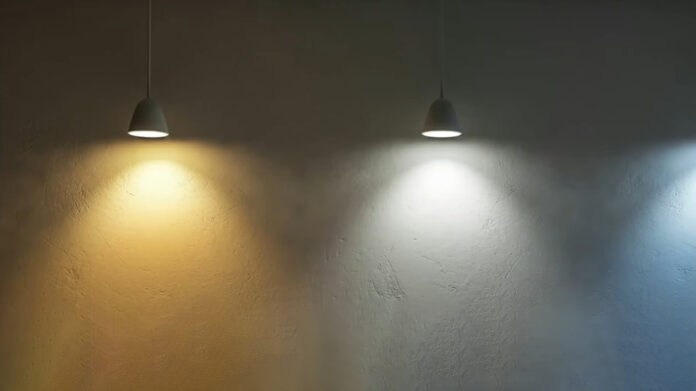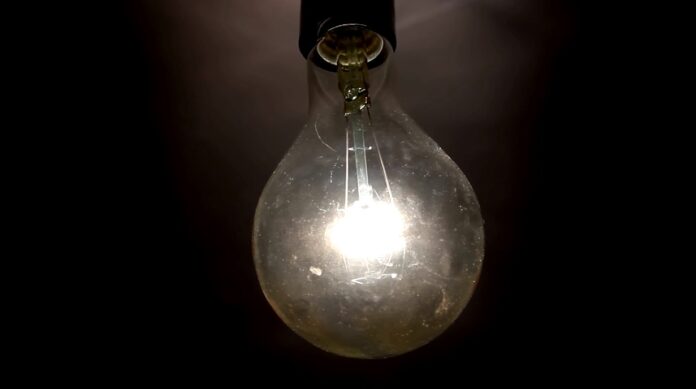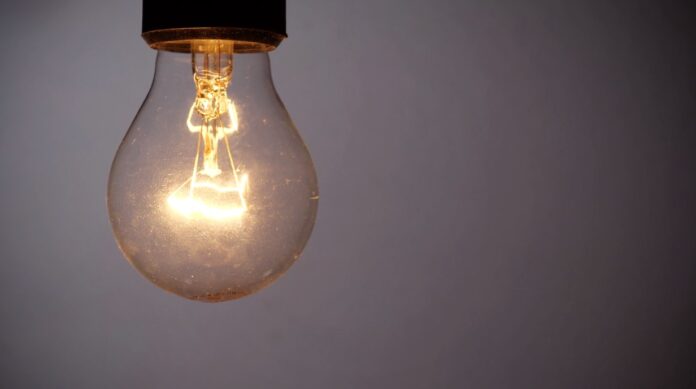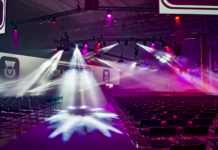Finding the difference between two similar colors might seem to be daunting. This might also happen when both the colors project a similar light. Warm white and soft white are such colors that project the same color tone. There will be some changes as the outcome will be ivory color in warm white and snow-white in soft white.
But which white suits your living room? Does it have different effects physiologically? Yes, each color combination has to be chosen according to the usage of that particular room. For instance, these colors can make you sleep or stay fresh for a long time, so it is better to choose the best fit. The temperature outcome might vary as warm colors emit more heat than soft colors.
Warm white vs soft white choosing the ideal lighting for your space might be hectic as both colors resemble the same. If you’re looking for some impressive tips on choosing the right color to fit your living space, stay connected till the end.
Warm White Vs. Soft White, What Is The Difference?

Generally, LED light manufacturers manufacture LED lights with impressive color combinations. There are a variety of white colors in the market from which people can choose an impressive and suitable white LED light that suits them the most.
The difference between both colors can be found by analyzing the temperature that is emitted by that particular light. Usually, by visualizing, people could not find the exact difference between both colors.
But by analyzing the temperature, the difference between both colors can be analyzed easily. The color might vary, but both resemble the same.
Where Can We Use Warm White Lights?
Warm white lights can be used in areas where there is a need for relaxation. In other words, warm white lights can also be called soft lights, which enhance the room’s overall look. Moreover, this light can reduce imperfections and soften skin tones.
So eventually, the minute detailing in the skin cannot be noticed by people. In bright white light, people can easily notice the marks and scars on their faces. So it eventually enhances the overall look of a person.
Where Can We Use Bright White Lights?

This kind of light can fit well in places where there is a need for excessive brightness. Kitchens, study rooms, garages, makeup areas, and other places where the object’s original color needs to be seen.
People must have witnessed the truth that white lights are more luminous than warm lights. So it is better to implement this kind of light in places where there is a need for excessive brightness.
Kitchens with lots of stainless steel items need bright white light that enhances the overall look. Besides this, if a kitchen is surrounded by wooden material, warm lights can enhance the overall look. So choose a color according to the style you implement in a kitchen. Cool, bright lights provide an ultramodern feel compared to warm white colors.
So warm lights fit well in living areas, and bright white lights fit well in working areas where people prefer to do their day-to-day activities. But people can also choose a color according to their preference. Some LED bulbs are available in mixed colors, so look at various bulbs and choose one that fits your living area.
Understanding The Ratings Of LED Lights
Generally, pure white bulbs and LEDs might project white light with a blue tint in it. So the brightness of a LED is denoted by its Lumen rating. If the lumen rating is high, then luminous bright lights can be obtained by using that LED. The actual problem comes here as high lumen light in small rooms might result in excessive heat.
This is why people actually prefer to use low-intensity bulbs. But this kind of LED suits well in the winter season. Wall colors also play an important role in projecting bright light. For instance, high lumen light in dark rooms makes the light darker.
In contrast, high-intensity light in bright rooms enhances the light output by reflecting the light. It is always better to have bright wall colors in the working space.So consider choosing a LED after knowing the lumen power of that light.
Color Temperature Of Each LED

People must probably be aware that each color emits its own temperature, which is denoted by kelvin technically. Physically users can witness slight changes in all the LED’s.
-
Warm or Soft White
It usually provides a warm feeling, so it is always better to use it in bedrooms and living rooms. This kind of light might emit a temperature of 2700 to 3000 kelvin. The temperature emitted by some soft white LEDs might vary slightly.
-
Bright White
It emits very high temperatures of around 4000 to 5000 kelvin. This kind of LED might provide a blue mixed white shade in bright walled rooms. It is well suited for working space.
-
Daylight White
Probably it must be the brightest white LED available on the market. Daylight white has the highest percentage of blue light. Most makeup parlors and beauty centers use daylight white to witness the dark circle and black spots in a better way.
But bright white and daylight white resemble the same and manufacturers consider it as the same color.
Frequently Asked Questions
Which light is brighter, cool or warm white?
Cool light looks brighter than a warm white light as lumen power is high in cool white LEDs. People can witness that by using both cool and warm LEDs with the same watt power.
Which one is good for the eyes, warm or cool?
Warm white relaxes the eyes as the intensity and lumen power of warm white LEDs are low. Moreover, people usually look better in warm white.
Which one is better for reading and studying?
Bright white light provides clear and neat visuals, so it is better to use bright lights for studying and reading books.
Which color is better for a living room, warm white or soft white?
The choice between warm white and soft white lighting for a living room depends on the desired ambiance. Warm white lighting creates a cozy and relaxing atmosphere, reducing imperfections and softening skin tones.
Soft white lighting, on the other hand, offers a cooler and brighter feel, enhancing the room’s overall brightness. Consider the mood you want to create in your living room when choosing between the two.
Does warm white or soft white lighting have different physiological effects?
Yes, warm white and soft white lighting can have different physiological effects. Warm white lighting promotes relaxation and comfort, as it reduces imperfections and softens skin tones.
Soft white lighting provides a brighter and more energizing feel, enhancing visual clarity. The choice between the two can influence your mood and overall well-being.
Where is it recommended to use warm white lights?
Warm white lights are well-suited for areas where relaxation is desired, such as living rooms, bedrooms, and spaces where a cozy ambiance is preferred. They can also be used to enhance the overall look of wooden materials in kitchens or other areas.
Where is it recommended to use soft white lights?
Soft white lights are ideal for areas where a brighter and cooler lighting ambiance is needed. They work well in working spaces, kitchens with stainless steel elements, and other areas where clarity and visibility are important.
How can I differentiate between warm white and soft white LED lights?
Differentiating between warm white and soft white LED lights can be challenging visually. However, the key difference lies in their color temperature. Warm white lights typically emit temperatures of around 2700 to 3000 Kelvin, while soft white lights emit slightly cooler temperatures.
Which light color is brighter, cool white or warm white?
Cool white light appears brighter than warm white light because cool white LEDs have higher lumen power. The intensity and brightness of the light can be visually perceived when comparing cool white and warm white LEDs with the same watt power.
Which light color is better for the eyes, warm white or cool white?
Warm white lighting is generally considered better for the eyes as it has lower intensity and lumen power compared to cool white lighting. The softer illumination of warm white light is more relaxing and gentle on the eyes.
Which light color is more suitable for reading and studying?
Bright white lighting, which falls under the cool white category, is more suitable for reading and studying. Bright white light provides clearer and sharper visuals, making it easier to read and study.
Final Thoughts
So choosing the ideal light for your living space has been made easy. Sometimes differentiating both the colors might be daunting. LED white lights might seem to be professional. Implementing this kind of light can save some energy.




